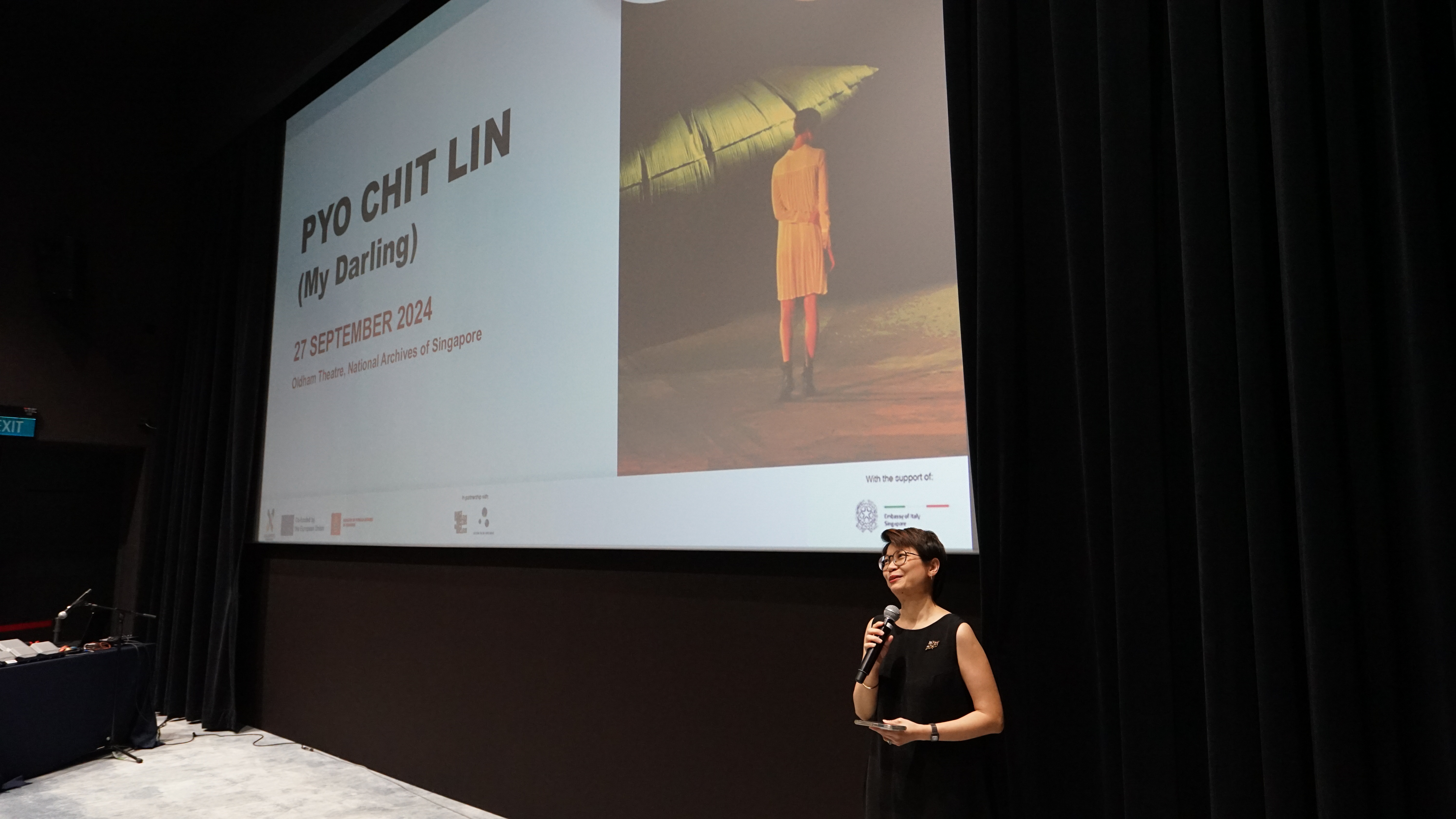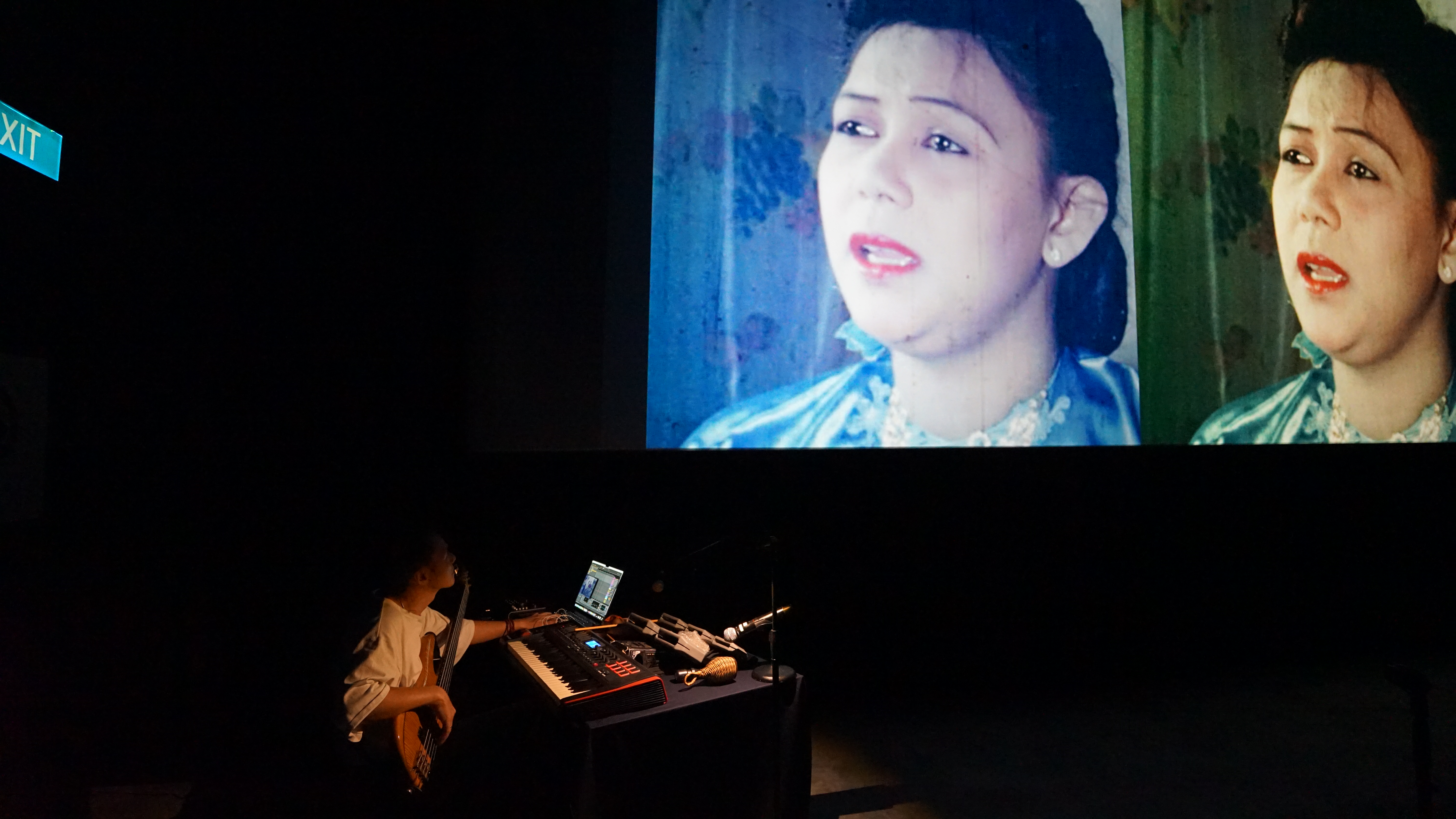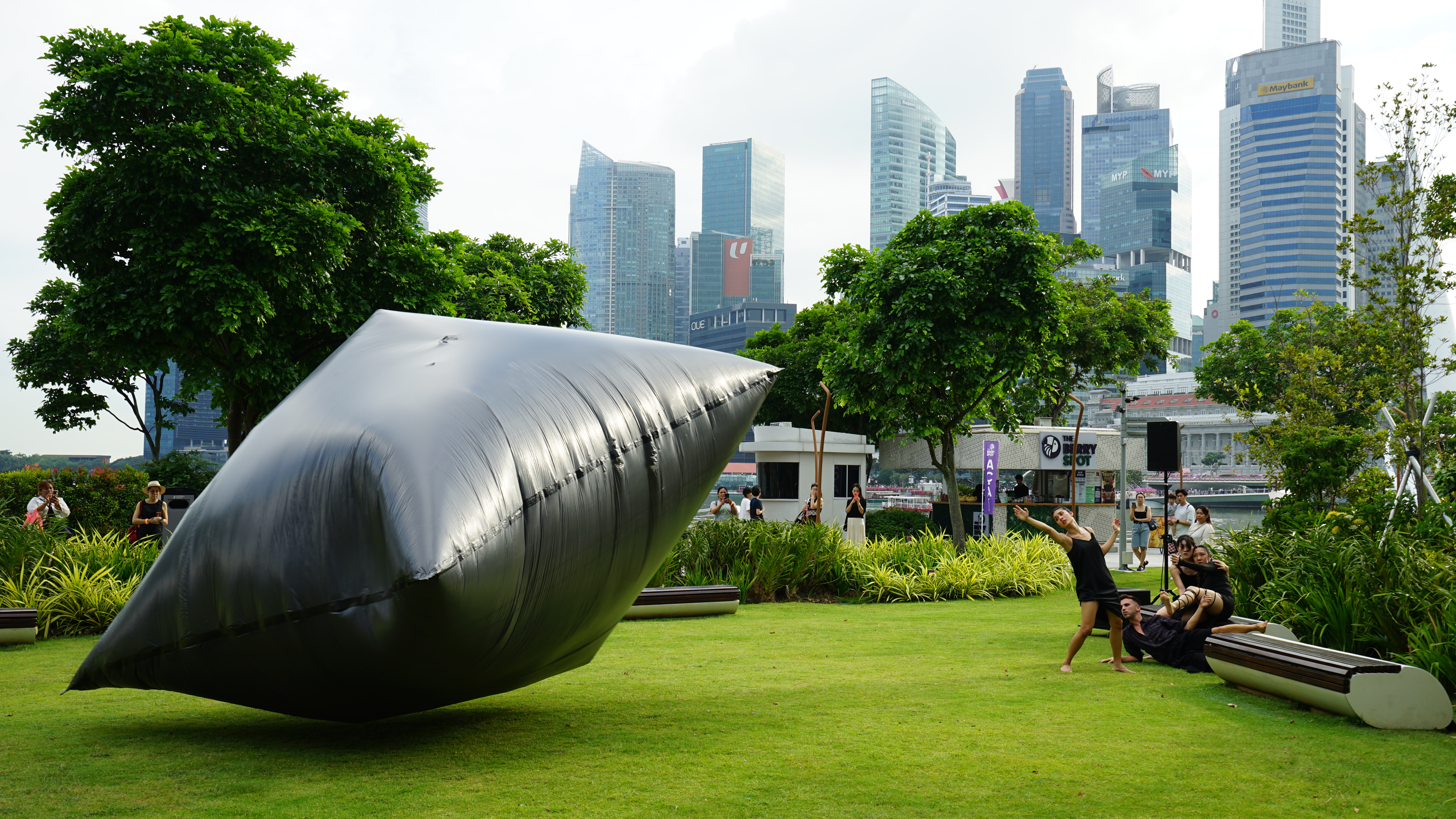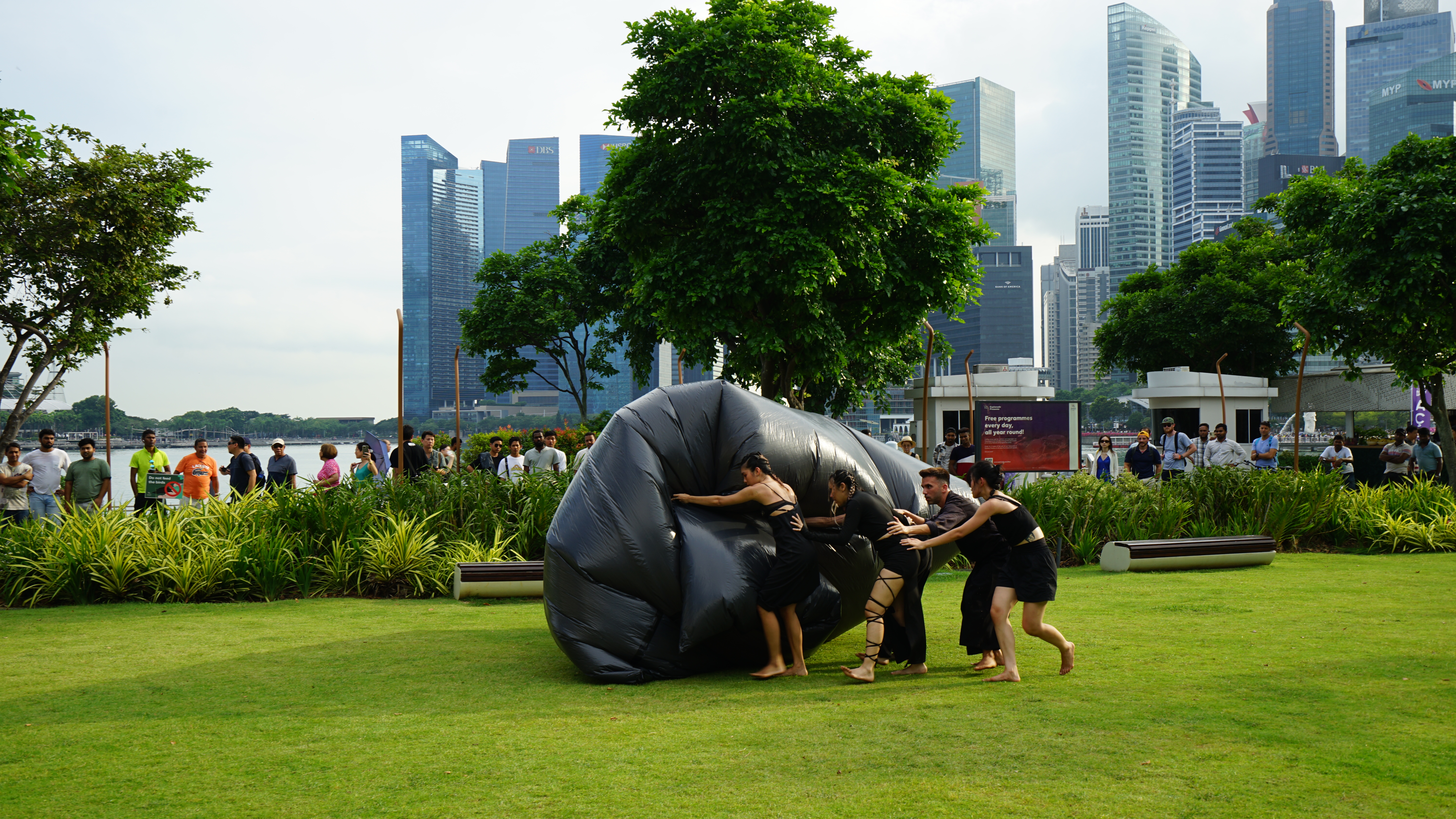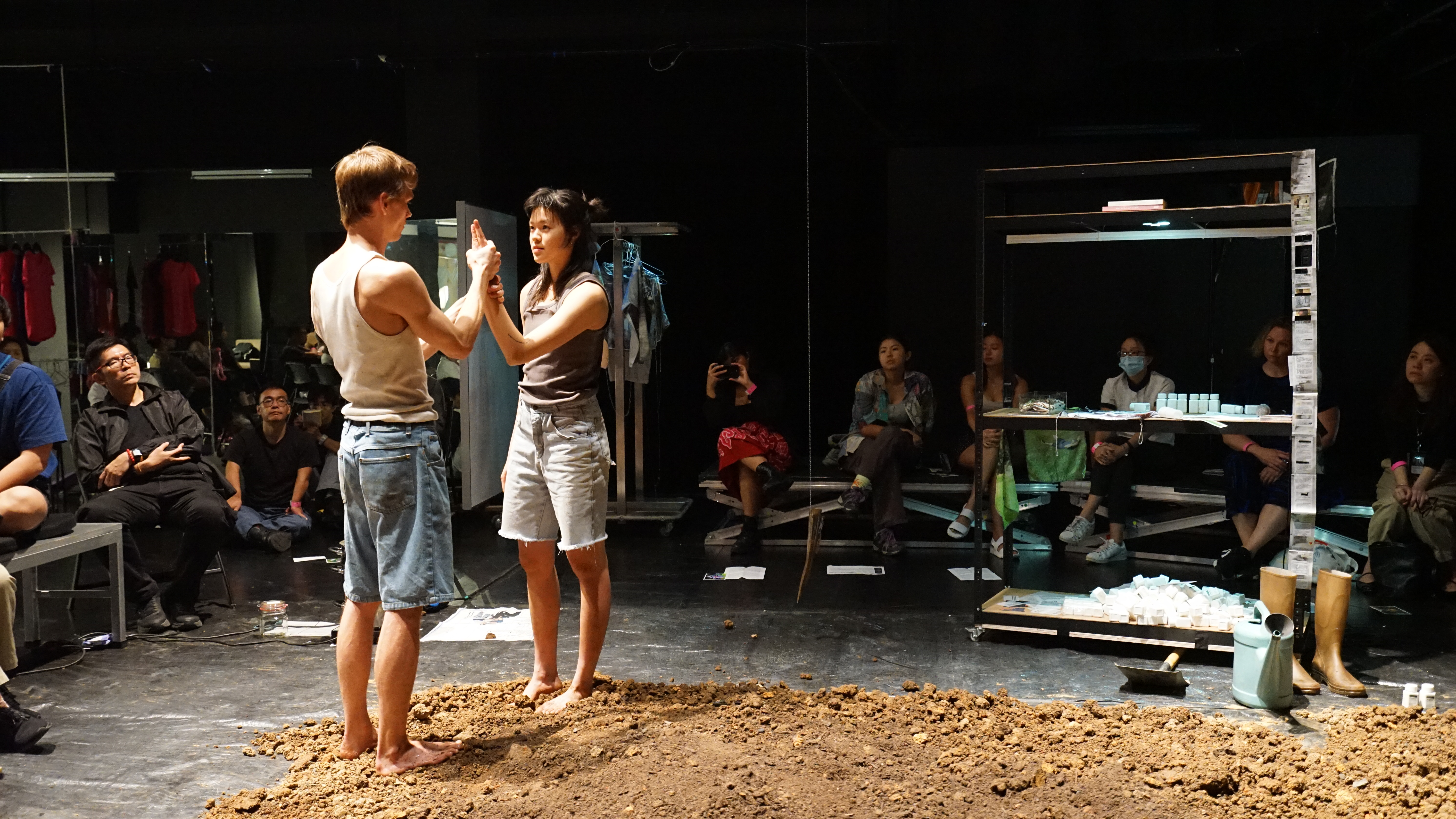Celebrating Cultures: The Asia-Europe Cultural Festival’s Closing Curtain in Singapore

The Asia-Europe Cultural Festival travelled back to Singapore for its Closing Curtain events in September 2024. Explore the dynamic blend of artforms and the ongoing creative collaborations between Asia and Europe.
The end of September saw the closing of the Asia-Europe Cultural Festival as it returned to Singapore for its Closing Curtain events, from 27-29 September 2024.
Having recently concluded its 6th edition in Rovereto, Italy, the Asia-Europe Cultural Festival aims to celebrate the artistic diversity of Asia and Europe, encouraging artistic exchanges and conversations between both regions.
A glimpse into Myanmar
The Closing Curtain opened with a screening of Pyo Chit Lin (My Darling) at the Asian Film Archive, known to house the gems of Asian cinema.
Restored by the Archive and Memory! Cinema Association in 2017, this classic by U Tin Myint is one of Myanmar’s earliest surviving colour film featuring major Burmese actors of the 1950s. What stood out from the film was its easy to understand and accessible storyline, despite being a silent work.
A light-hearted romantic comedy, Pyo Chit Lin (My Darling) centers around 2 friends who move to Yangon seeking job opportunities. The story unfolds as they meet a young woman, Kyu Kyu, who is a rich yet modest business owner. As an opinionated woman, what will her choices be as she attracts the attention of several suitors?
1. Screening of Pyo Chit Lin (My Darling) on 27 September at the Oldham Theatre of the Asian Film Archive © Asia-Europe Foundation
The premise of the film builds on Kyu Kyu’s independence and her ability to make her own decisions. Considered an uncommon sight during the 1950s, where women were often synonymous with domesticity, the film has cleverly weaved in a very modern vision of society. Overall, the cinematography gave audiences a taste of what Myanmar’s once flourishing film industry was like in the 1950s. Coupled with the interspersing of Burmese inter-titles and English subtitles, audiences were also exposed to the original Burmese language during the period.
In an interview with Karen Chan from the Asian Film Archive, it was shared that the restoration process of a film such as Pyo Chit Lin (My Darling) was a highly laborious and expansive one. More than just enhancing or improving the audio or visual quality of the film, the Archive has taken great pains to bring the piece back to its original state as far as possible, giving a second life to the film and making it even more precious.
What made this screening special was the addition of a live music accompaniment by Malaysian artist, Kent Lee, who beautifully combined Burmese instruments and electronics alongside the film, allowing audiences to reimagine what it would have been like had the film been accompanied with a soundtrack. For Kent to have the stamina to keep up with an hour-long screening, was even more applaudable.
2. Musician Kent Lee playing a brand new composition for Pyo Chit Lin (My Darling) © Asia-Europe Foundation
Demonstrably, Pyo Chit Lin is testament that the lighter and more comical type of films and cinema play a special role in allowing audiences to escape realism and lose ourselves in the world of fiction.
Verge of extinction
Described as an interdisciplinary performance, WRECK – List of extinct species was choreographed by Italian born, Brussels-based artist Pietro Gabriel Marullo and performed by 5 local contemporary dancers from different cultural and professional backgrounds gathered through an open call.
Combining movement, sound and visual arts, WRECK takes inspiration from the metaphor of a shipwreck, with a large black sculpture composed by plastic bags inflated with air taking the centerstage at the Singtel Waterfront Theatre Lawn of the Esplanade.
3. The site-specific contemporary dance performance, WRECK, at the Singtel Waterfront Theatre Lawn of the Esplanade © Asia-Europe Foundation
Throughout the 20-minute performance, the huge black sculpture floats over the lawn, simultaneously looking visually fascinating, haunting yet unpredictable all at the same time. The motif of the huge black sculpture is left open to audiences’ interpretation. It can simply be seen as an abstract object that conceals and divulges the 5 dancers sporadically. Or on a more metaphorical note, with its features almost akin to a black cloud, being soft and inflatable, the sculpture changes, transforms and amplifies in accordance to the movements of the dancers.
The sculpture’s affiliation with the dancers can also be considered as an imminent warning to human beings and their relationship with the environment – the more we provoke Mother Nature with our actions, it could lead to a vicious circle that eventually threatens us. Perhaps the subtle message within the piece is that us as humans are on the list of potentially endangered species as a result of our own actions.
4. WRECK was performed by 5 local dancers gathered through an open call in Singapore, who engaged in a week long rehearsal and collaboration with its creator, Pietro Marullo © Asia-Europe Foundation
Grief, loss and transformation
Yet another interdisciplinary work utilising text, sound, dance and visual poetry was the performance-installation, The Last Portrait, by artistic duo Ashley Ho (Singapore) and Domenik Naue (Germany).
Performed as an iteration from the main Asia-Europe Cultural Festival in Italy, this work is presented in the setting of a garden, coupled with shovels, pill bottles, notes, letters and texts, all personal family objects gathered by the 2 dancers as they zoom into their personal narratives of grief, loss and transformation.
5. The Last Portrait, a performance installation by Ashley Ho (Singapore) and Domenik Naue (Germany), weaving together text, sound, dance and visual poetry © Asia-Europe Foundation
We are first introduced to Ashley, who explores how her family’s relationship with her father changed, upon the rapid onset of his diagnosis of Parkinson’s disease. Ashley’s sensitivity in portraying the labour of caretaking – from medicine schedules, diary entries that the family uses to record any happenings, physiotherapy exercises and more – represents the expressions of affection and care by the family to do better and more as they provide physical and emotional support for a family member. The very evident and felt sense of emotional suffering from the changes the family is undergoing, serves as a reminder that it is not always necessary that similar lived experiences are needed for such a portrayal to resonate with audiences.
In the same vein of grief and loss, Domenik explores the act of gardening and his grandparents’ devotion to growing and cultivating plants in a large garden in their hometown. The garden in itself symbolises a way of life, chronicling Domenik’s grandparents’ lives through the seasons and years. As his grandparents grow older, it is inevitable that there will come a time where they would have to stop caring for the garden. The sound of shovelling and occasional reading of texts from personal familial documents, made audiences privy to the very intimate struggles of aging. Domenik’s portrayal evokes a sense of realisation that it is as we age that we recognise there are things we can no longer do or have greater difficulty doing and we begin to wonder what happens in the next stages of our lives and how it changes.
6. An exploration of grief and transformation through the lends of the 2 dancers' personal stories © Asia-Europe Foundation
Thus, The Last Portrait’s success lies in its ability to connecting audiences through Ashley’s and Domenik’s heartfelt memories of their families. Grief, loss and transformation are more than just a transitional, temporary phase. They are emotions that are here to stay and are weaved into the grand tapestry of what we call life.
In conclusion, the Asia-Europe Cultural Festival Closing Curtain showcased the artistic richness of the 2 regions, delivering to its aims and objectives. This year’s 11 events showcased the festival’s interdisciplinary character, through an increasing blend of different artforms, disciplines and mediums.
With a strong tendency for creative collaborations that showcase the dynamism and creative energy that the arts in Asia and Europe have to offer, there are hopes that the Asia-Europe Cultural Festival will continue to grow and evolve, keeping things interesting and relevant, while actively igniting connections and relations with the artistic community.
The Asia-Europe Cultural Festival Closing Curtain is organised by the Asia-Europe Foundation – ASEF, co-funded by the European Union and the Ministry of Foreign Affairs of Denmark, with the support of the Embassy of Italy in Singapore, in partnership with Dance Nucleus and Asian Film Archive.

